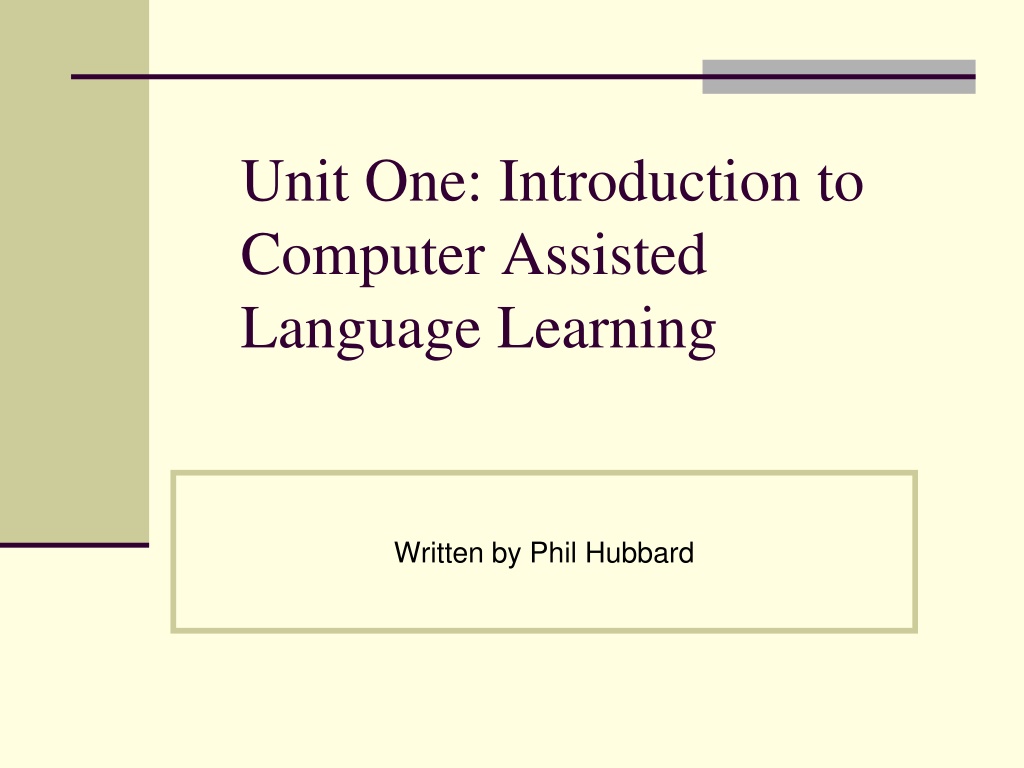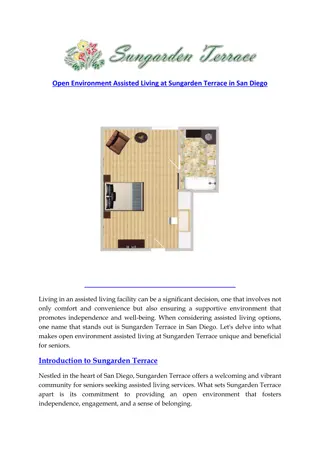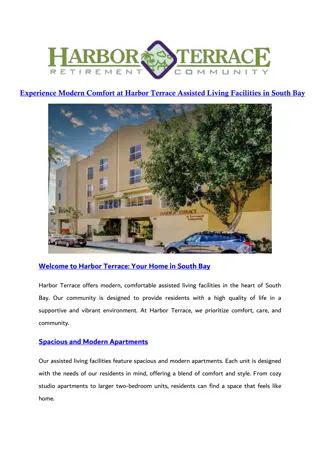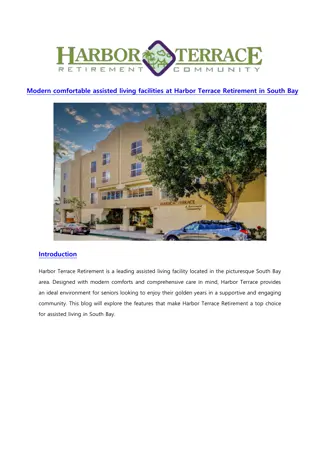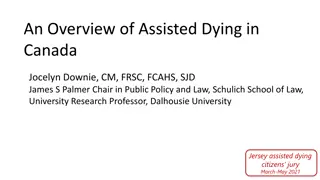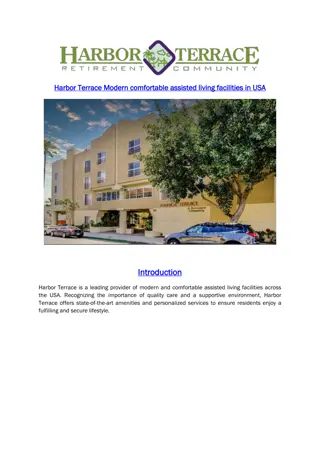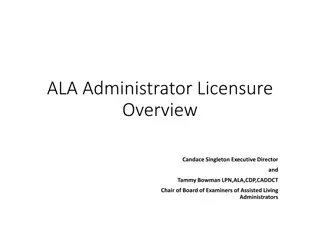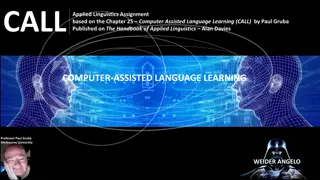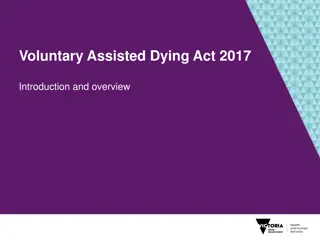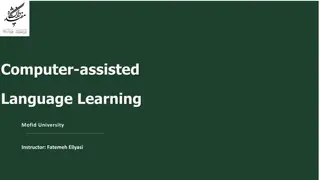Exploring Computer-Assisted Language Learning: A Brief Overview
This overview delves into the concept of Computer-Assisted Language Learning (CALL), its history, scope, and the functional roles computers play in language education. It also reflects on the popularity of the Internet and how it has evolved over the years, shaping the way we access information and interact online.
Download Presentation

Please find below an Image/Link to download the presentation.
The content on the website is provided AS IS for your information and personal use only. It may not be sold, licensed, or shared on other websites without obtaining consent from the author. Download presentation by click this link. If you encounter any issues during the download, it is possible that the publisher has removed the file from their server.
E N D
Presentation Transcript
Unit One: Introduction to Computer Assisted Language Learning Written by Phil Hubbard
The Writer http://web.stanford.edu/~efs/callcourse2/CAL L1.htm Who is the writer of this article? Who maintains this website? What is the website for? Link: http://web.stanford.edu/~efs/phil/ 2
An Introduction to CALL What is CALL? Acronyms and attitudes A thumbnail sketch of CALL history The scope of CALL 3
When did Internet become popular? The World Wide Web was invented in 1989. The first website was launched in 1990. But during all of that, most people didn't know about the internet. 4
When did Internet become popular? The internet became well known with the launch of Windows 95 in 1995, but most people didn't get it in their homes until 1997 and 1998. In fact, the percent of households with internet access only reached 50 percent in 2000! Some people didn't see any usefulness in the internet or simply didn't want to pay the high prices. Remember that there was no YouTube, Facebook, or even Google in the earliest days of the internet. 5
When did Internet become popular? Also keep in mind that home computers didn't become popular themselves until around 1995. Windows 95 was the first highly anticipated product- - before then, many products just faded into popularity. 6
What is CALL? CALL is the acronym for computer-assisted language learning. Definition of CALL: Any endeavor (attempt) to involve the computer and the associated technologies of all types--desktops, laptops, tablets, smart phones, mp3 players, interactive whiteboards, etc.-- in some significant way in language teaching and learning. 7
Two functional Roles Computer as a tutor The computer in some way has a teaching function The computer as a machine to deliver interactive language learning and practice materials Computer as a tool The computer has no overt teaching function Computer as a means for learners to experience the authentic language and communication opportunities. 8
Computer as a tutor Grammar Exercise https://learnenglish.britishcouncil.org/en/grammar -exercises Listen & Watch https://learnenglish.britishcouncil.org/en/word- street/history-scene-1 9
Computer as a tool Email program Web search engine (Google) Word processor Facebook Line 10
Are these to opposing philosophies? As a tool As a tutor 11
Different names CALL CELL TELL TALL DLL MALL 12
CALL History CALL began in 1960s. The University of Illinois Plato System. 13
1980s Microcomputer Most language program was written by teacher developers. Commercial programs were expensive at that time. Traditional labs were replaced by computer labs. 14
In the late 80s and 90s The use of computer as a tool increased. Apple Macintosh PC Using email and word processors into writing class. CMC: computer mediated communication E-pal project Cross culture communication 16
In the mid-1990s Two major changes Commercial multimedia for language learning Because CD ROMs became standard in home computers. development of the world wide web (www). 1.44 MB 700 MB 17
The 21 century Smart phone App Go online everywhere Social media Facebook Skype Line Gamification Online games 18
